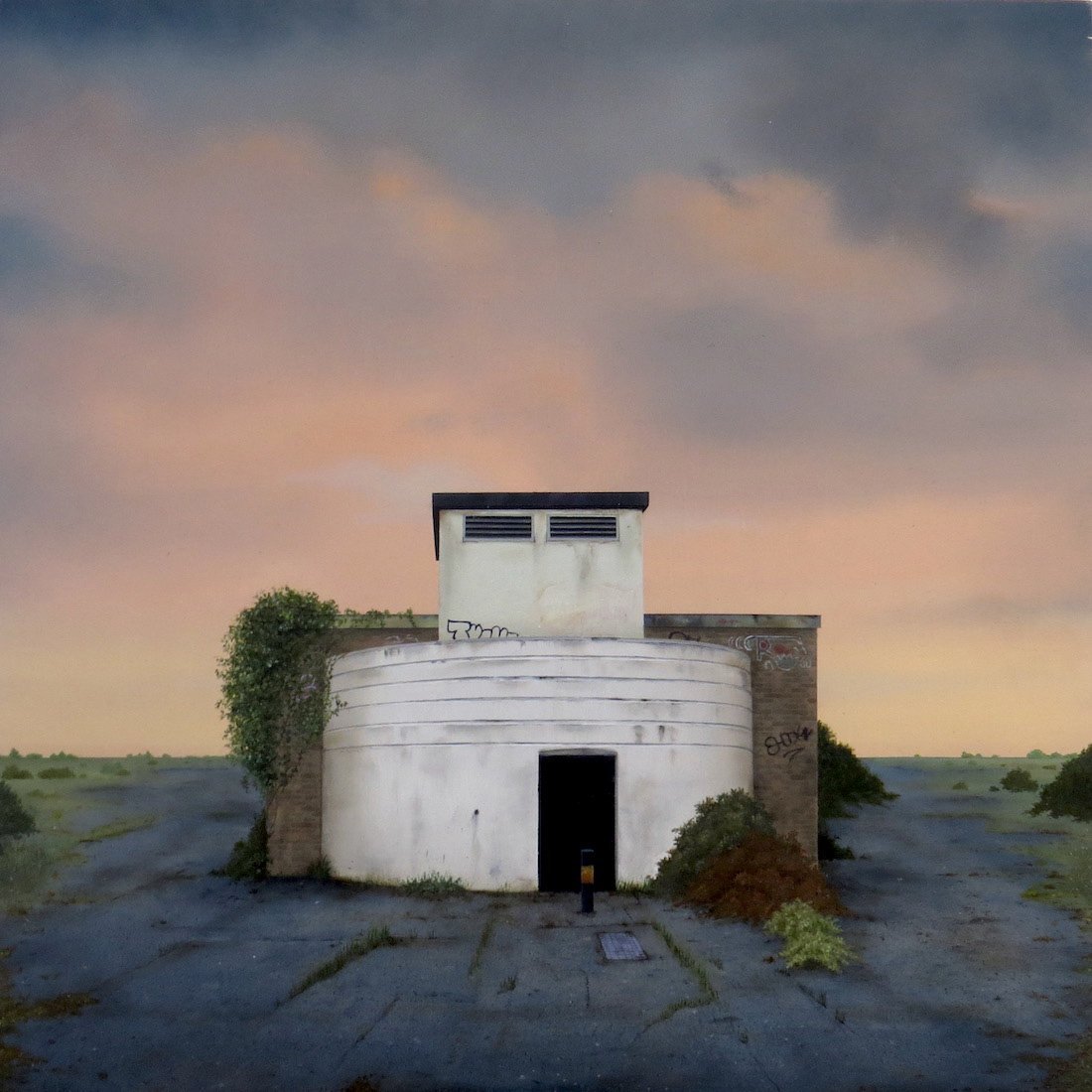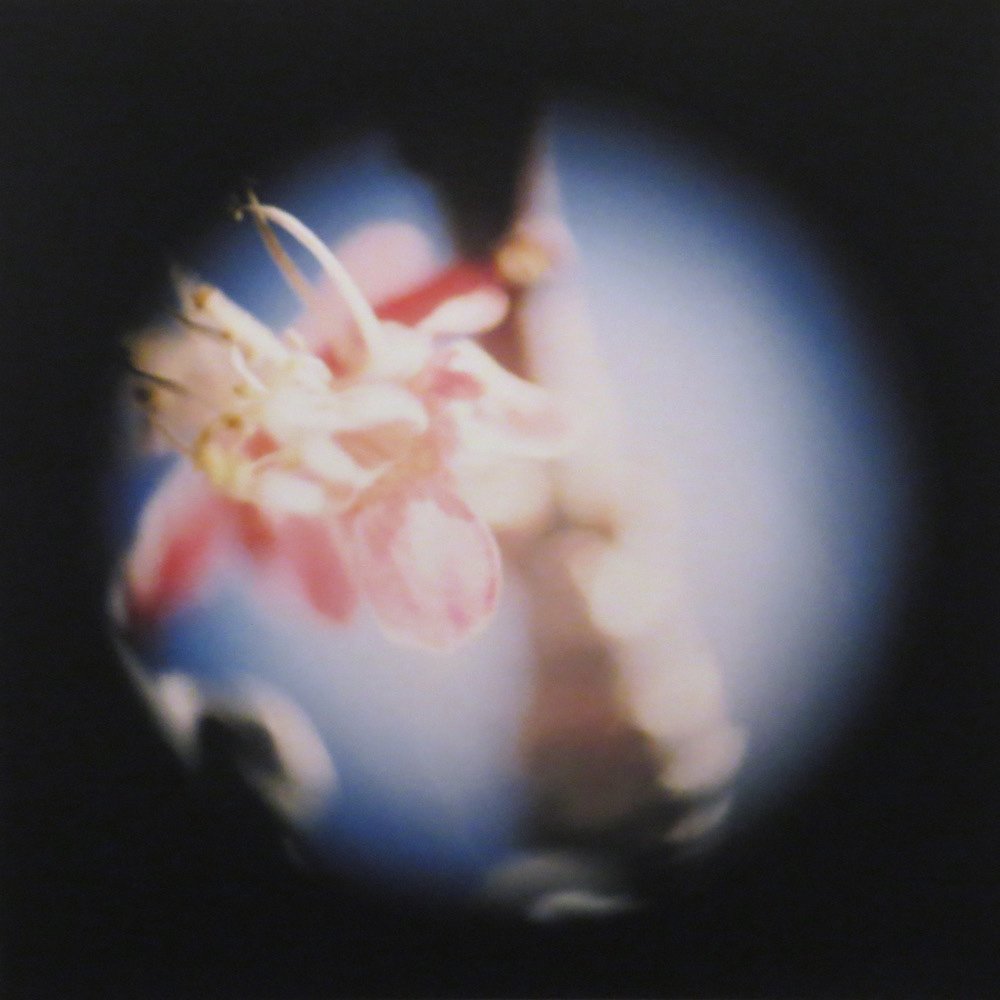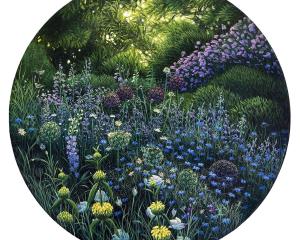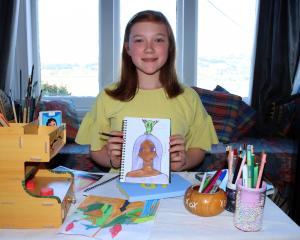
(The Artist’s Room)
The Artist’s Room is celebrating a milestone with its 20th anniversary show. In an industry where longevity is a relative rarity, the gallery joins only a small handful of local galleries to have reached this mark.
To commemorate, the gallery is holding a large group exhibition featuring work by over 40 artists. While many of them are well-known to the gallery’s regular visitors, there are also numerous works by unfamiliar names from whom it is to be hoped we will see many more pieces.
The art ranges across disparate media, subjects and styles, with magic realism — a style with which the gallery is well acquainted — being a notable feature of several of the pieces. These include fine paintings by Heather Dennison and Leila Ataya, and impressive work by Jane Siddall and Andrea Cooper.
Landscapes are also well represented, with work by Matt Payne and Josh Lancaster being particularly strong. Zoe Marsden’s haunting works also fall into this category. Katherine Kovacs’ icon-like portrait and Dylan Keys’ remarkable zebras also stand out, as do still-lifes by Peter Miller and Dean Wallace.
Among the sculptural works, Fiona Tunnicliffe’s whimsical beasts are a delight. Impressive bird studies by both Chris Gullery and Brad Jackson, and a charming nude study by Matt Gauldie, are also of note.

(Milford Gallery)
Karl Maughan returns to Milford Gallery with another array of ebullient gardenscapes to celebrate the return of spring to the South.
Maughan’s works are dense, vibrant explorations of the formal and the informal garden. Initially appearing as oases of calm, manicured blooms set against a horizon of blued mountains, the works become somewhat unsettling on repeated viewing. These are not so much oases as cages, almost claustrophobic in their intensity, and the distance of the ranges seems to reinforce this feeling of alienation from any form of "real" nature. Paths lead through the rhododendrons, but disappear among the foliage, as if we are being lured towards some unknown destination.
Throughout the works, Maughan’s skill is evident. Brush strokes which seem precise and delicate are revealed on close inspection to be bold and almost frenzied. The power implied in this dynamism adds to the overwhelming nature of the art. Above all, it is the artist’s sense of colour composition which rules these works. Combinations which might seem gauche or clumsy in lesser hands produce a sense of both a harmonic whole and a rich depth. Viewers feels drawn into the works, almost against their will, to wander forever lost within this double-edged embrace of colour.

(Bellamys Gallery)
Bellamys Gallery is presenting an exhibition in two complementary halves, with woodcut prints by Manu Berry and inkjet photographic works by Beth Garey.
Garey presents the "honey" half of the exhibition with a celebration and commemoration of the life and work of the bee. A room of the gallery is darkened, and within it is a video display of bees in action, accompanied by the insistent low murmur of the creatures in flight. In a series of prints, the artist presents a bee’s-eye view of the world, with pinhole lens-like images of slightly off-kilter blooms concentrated into a central circle, surrounded by a shroud of darkness. The images, in extreme close-up and soft focus, create a slightly unsettling, vertigo-inducing feeling which is multiplied by the encircling humming dark of the gallery.
In the calmer outer room, Berry provides the wine to accompany the honey. Inspired by a recent commission to create labels for a winery’s vintage, Berry has produced a series of delicate woodcut prints in which the scenes from vineyards around the South are presented. Alongside these works are the pieces which formed the basis for Berry’s wine label, presenting the same intricately detailed scene in differing hues, light green and deep red, representing the twin colours of the harvested grapes.
By James Dignan












